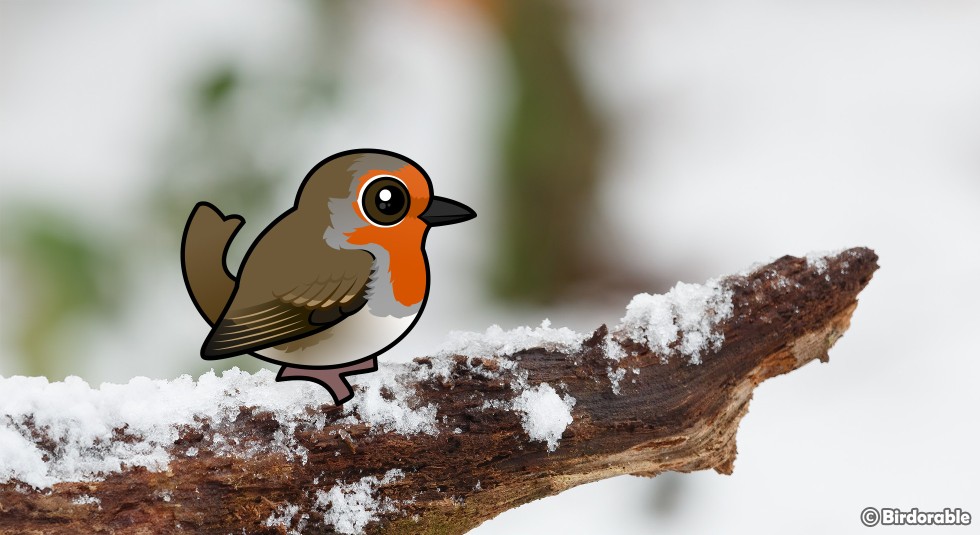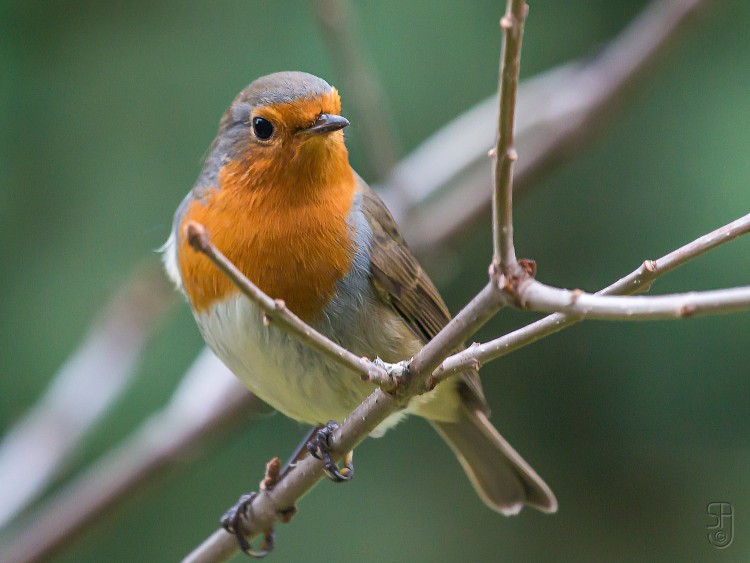The Vibrant European Robin: Europe’s Little Songster

The European Robin is a beloved small bird found throughout Europe. Unlike the American Robin, which is a thrush, the European Robin is related to flycatchers. These birds are easily recognized by their bright red breast and face, which contrasts beautifully with their olive-brown back and wings. European Robins are known for their friendly and curious nature, often following gardeners around in hopes of catching unearthed insects.
European Robins have a sweet, melodious song that can be heard year-round. Males are particularly vocal during the breeding season, using their songs to establish territories and attract mates. Unlike many other birds, both male and female European Robins sing.
These robins are versatile in their nesting habits, building nests in a variety of locations, from dense bushes to tree cavities and even garden sheds. They use moss, leaves, and feathers to create a cozy nest for their eggs.
Our Birdorable version of the European Robin captures the bird’s cute and vibrant essence, making it a perfect representation of this endearing species. Whether you’re an avid birdwatcher or just enjoy the occasional visit from feathered friends, the European Robin is sure to bring joy and charm to any garden.














Comments
Leave a comment
Thank you!